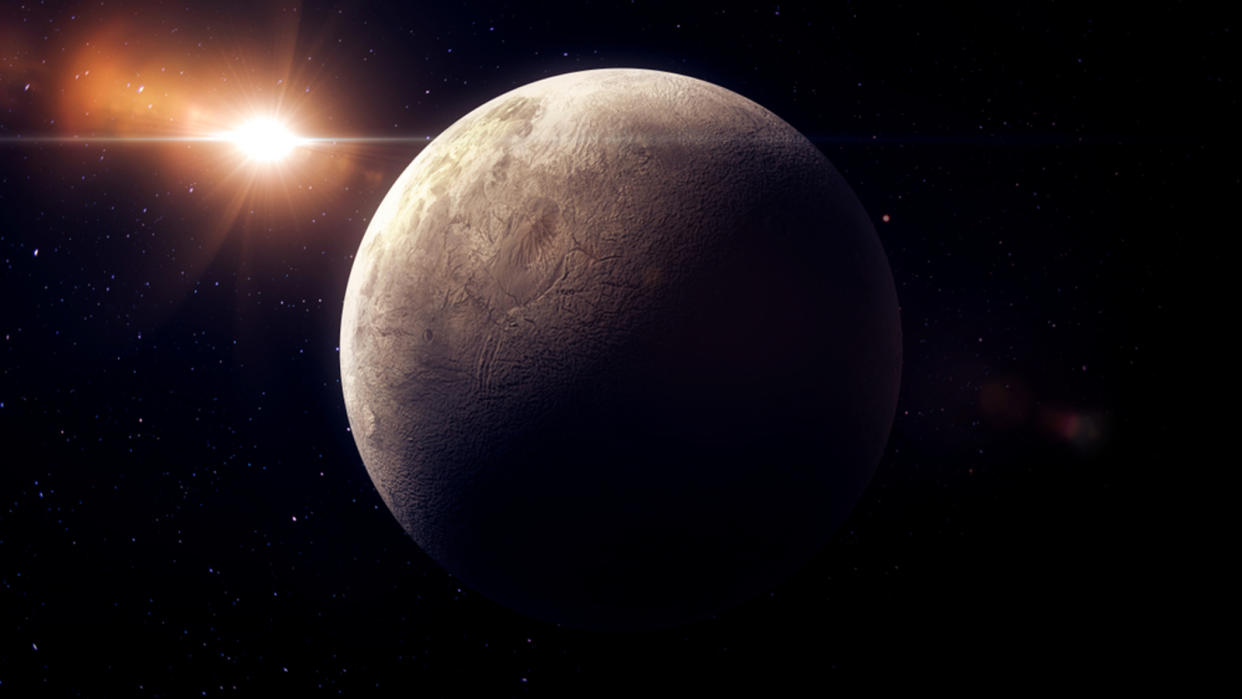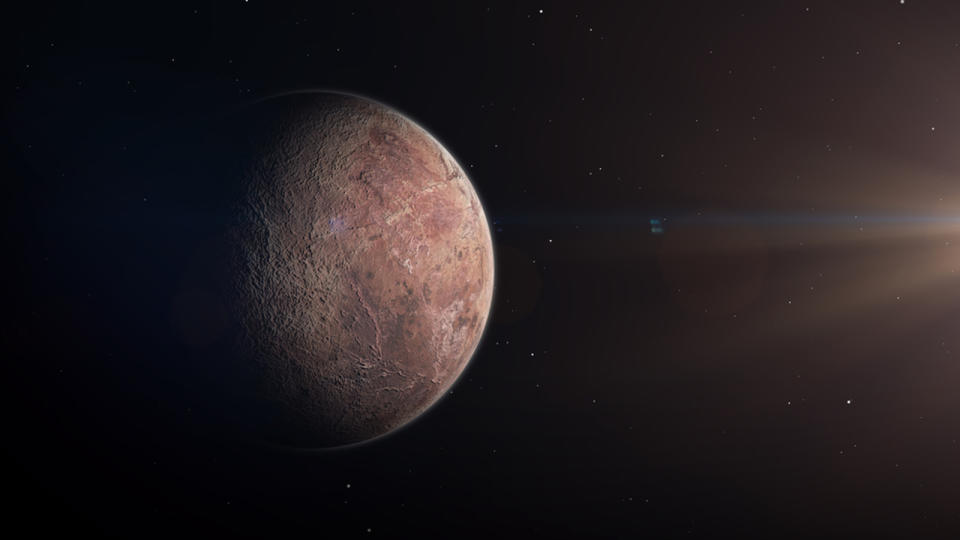James Webb telescope spots potential conditions for life on 2 dwarf planets beyond Neptune

A pair of dwarf planets lurking in the outer reaches of the solar system could still be geologically active, increasing the chances that they could support alien life, a new study suggests. The findings could also change what we know about dwarf planets in general.
There are five confirmed dwarf planets in the solar system: Ceres, Haumea, Eris, Makemake and the ex-planet Pluto. All of these planetary pretenders, apart from Ceres, are located in or around the Kuiper Belt, a disk of comets and other small objects beyond the orbit of Neptune.
In 2015, NASA's New Horizons probe passed Pluto and spotted signs of recent geological activity in the dwarf planet's thinning atmosphere. Follow-up observations have shown that Pluto is covered in giant, icy volcanoes, which may still be active. Scientists believe that Pluto's surprising geological activity is caused by interactions with its moon Charon. As a result, they thought it was unlikely for other dwarf planets without moons to be similarly active.
But in the new study, which was uploaded Feb. 10 to the preprint server arXiv, researchers took a closer look at chemical spectra from two other dwarf planets, Eris and Makemake, views of which were recently captured by the James Webb Space Telescope (JWST). After analyzing the data, the team realized that some of the gases found on both dwarf planets' icy surfaces could be explained only by some form of current or recent geological activity, such as hydrothermal vents of cryovolcanic (ice volcano) activity. (These findings have not yet been peer-reviewed.)
The results also hint that some of the other dwarf planets could be geologically active, too.
Related: What's the best evidence we've found for alien life?

The JWST data included spectra of all of the frozen gases in the ice covering Eris and Makemake. But the researchers were really only interested in methane, a greenhouse gas that is also found on Earth and is made up of one carbon atom bonded to four hydrogen atoms.
In planetary science, there are two main types of methane: abiotic methane, which is left behind from chemical reactions that occurred during planetary formation; and thermogenic methane, which is created by hydrothermal or geothermal processes. The main difference between the two types is the ratio of hydrogen and deuterium — an isotope, or alternative version, of hydrogen with an extra neutron in its nucleus — found among their molecules.
Abiotic methane has a high ratio of deuterium-to-hydrogen (D/H), while thermogenic methane has a lower D/H ratio. The spectra revealed that the methane in the atmospheres of both Eris and Makemake had a low D/H ratio, meaning that it is mostly thermogenic. This suggests that the gas is either being produced by ongoing geological activity or relatively recent activity, within the past few million years.
These findings came as a surprise to the researchers — especially regarding Makemake, which is around 60% the size of Pluto. Eris is around the same size as the ex-planet, which makes it less surprising that it may also be geologically active. However, Makemake should be far too small for these types of processes to occur.
RELATED STORIES
—5 Earth-like worlds may lurk in the outer reaches of the solar system, simulations suggest
—Brand-new mini 'moon' found lurking in the outer solar system
—'Impossible' new ring system discovered at the edge of the solar system, and scientists are baffled
The findings also raise the chances of life developing on these planets, the researchers said. For example, hydrothermal vent activity is a leading candidate for sparking self-replicating life-forms on Earth and is a key reason scientists look to water worlds such as Enceladus and Mimas — both moons of Saturn — as potential places where alien life may occur.
A future probe should be sent to Eris and Makemake to "explore these worlds up close" and further assess their geological potential, the researchers wrote.
